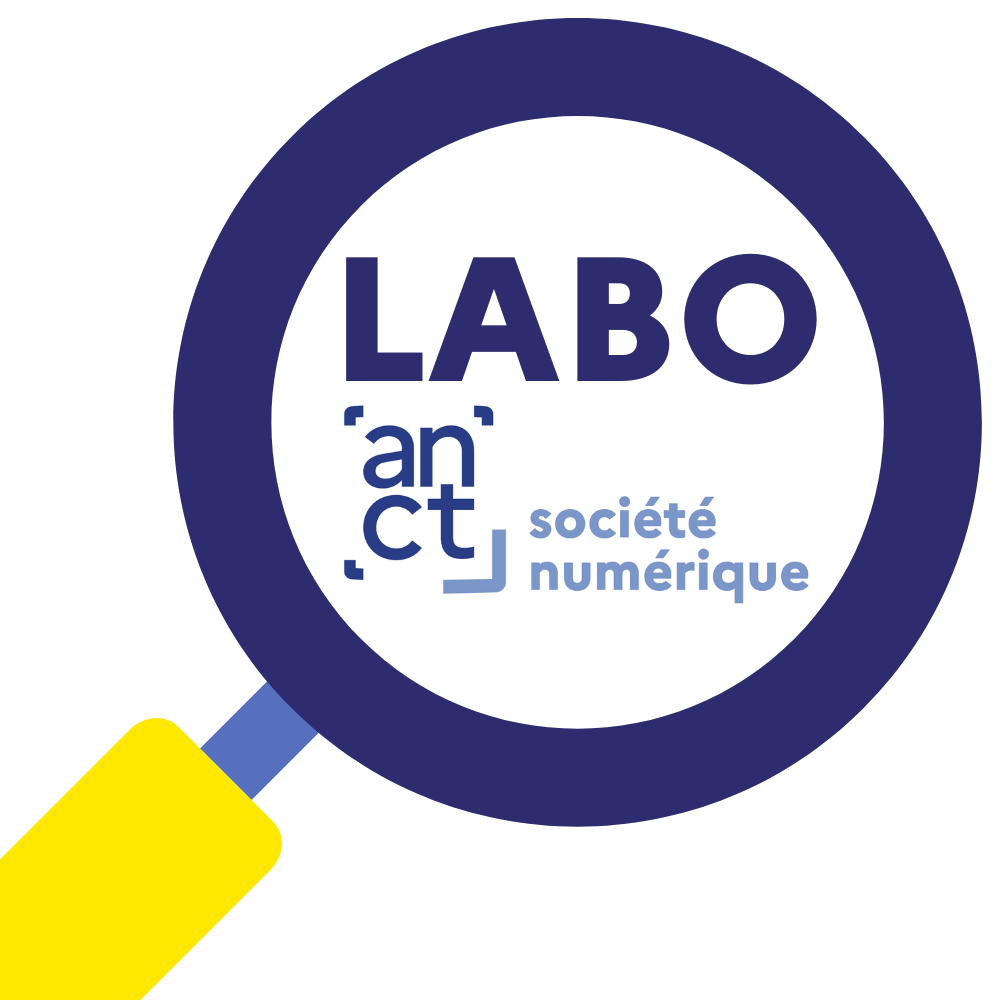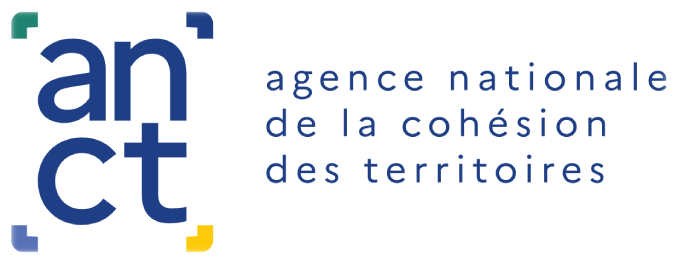"New practices are leading users to become full-fledged actors either in the Library's documentary production (part of the data could be produced with them thanks to the development of enrichment and correction tools), or in the creation of content related to the reuse of public data. By designing platforms dedicated to these uses, BnF aims to intensify these interactions and to involve the public even more in the creation and production of content" (BNF Performance Contract 2017-2021)
In a very stimulating article, La BNF à l'âge de la multitude, Céline Leclaire, Project Manager at the Bibliothèque nationale de France, outlines the features of the library of the 21st century, open and participative, around a few principles:
- Collaboration: "It is important not only to integrate participation into the library's daily operations, but above all to change the scale of its ability to involve the "multitude. The BnF hopes to eventually integrate a participatory dimension directly into Gallica itself - a priori within three or four years, once it has implemented real-time updates. The Gallica Studio is already deploying "a field of initiatives not constrained by an institutional logic, a playground open to the unexpected and the ephemeral.
- Post-mediation: both enlargement in terms of the content presented and great diversification of the modes of appropriation proposed."These modes are placed under the sign of doing, according to the idea that one should no longer propose a ready-made service, which leaves nothing for the user to do ... The key words of post-mediation are the tool, the instructions for use, the documentation, and their contemporary avatar, the GitHub development platform. It is no longer a question of asking "what to find" or even "how to find" but "how to do".
- Indirection: opening up to the unexpected and the ephemeral, letting go of one's own objectives to make room for those of the Multitude. This "posture of humility" concerns the objects, the documents, the collections, the contents (which can be diverted and used for the users' own purposes) but also the institution itself: the BNF "animates a community rather than offering a finished service, it favors the crossing of different circles of users and communities of interest; it builds and organizes an Internet-user relationship and not only a librarian-user relationship".
- Platform Model:"In addition to being malleable and open, a platform is able to integrate external elements that are not necessarily close to libraries and/or do not go through their channels but allow it, in turn, to reach an audience that they cannot otherwise reach."
- Collaborative digitization: As part of the FUI Ozalid research project for the design of the CORRECT platform (Collaborative Text Correction and Enrichment), in 2015 BnF offered its users the opportunity to correct digitized documents from Gallica. This project explored the possibilities of enriching documents in order to produce new versions (e-book, edition adapted for the visually impaired...).
- Partnership between BnF and Wikimedia France: this partnership, signed in 2010, allows Internet users, through Wikisource, to have access to transcriptions of works in the public domain from Gallica. "These texts, digitized by the BnF, have been automatically transcribed to allow direct research in the text. However, on old texts, this automatic recognition often introduces errors. This partnership will allow Internet users to participate in the correction of the texts so that they conform in every respect to the original version.
- Educational associations: BnF is developing a network of teacher Gallicanautes around Gallica. It launches public challenges designed for students to take up and supports specific projects - for example, a participatory EPUB annotation project: the enriched EPUBs will appear in the Gallica Studio while waiting to be integrated into Gallica one day.
- Opening resources by default: after data.bnf.fr data, the data of the Collective Catalog of France are under open state license since January 1, 2018. The BNF has opened the code of the software "BnF Collecte du Web (BCWeb) to developers in the web archive community. BCWeb is the tool developed by BnF to select sites to be collected as part of the web legal deposit. BnF will soon open the source code of its search report developed by BnF from the open APIs of Gallica.
- Hackhatons: the first BNF hackathon in 2016 had allowed the emergence of the projects Gallicarte. (which allows to geolocalize the answers to a query in Gallica) and gallical.lol (a tool for creating memes from Gallica images). The second hackathon, in November 2017, was dedicated to music. 8 projects emerged during this event, including the Musiviz project, a prototype offering an enriched visualization of Gallica's audio documents.
- Gallica Studio: this experimentation feature set up at the end of 2017 provides access to tutorials, APIs and pieces of code. " Unlike many institutional sites and digital libraries that fall under a process of providing prior, organized, and structured resources and services, the Gallica Studio offers nothing really predictable since it relies primarily on the initiatives and re-appropriations of the Gallicanauts it aims to highlight..."
- " Adopt a book": this scheme allows a "friend of the BNF" to make a donation (66% tax deductible) to the digitization of BNF works and to put his or her name on the record of the document in Gallica whose digitization he or she has supported.
- The digitization tent: this light and mobile installation, consisting of a support that is placed above the document to be reproduced and on which a simple smartphone can be attached, allows the public to proceed with the digitization themselves within the walls of the BnF. "In fact, researchers and genealogists already take many photographs: the idea would be to take advantage of this form of digitization to enrich the list of documents dematerialized by the BnF while allowing everyone to say: I have contributed.
Référence :





